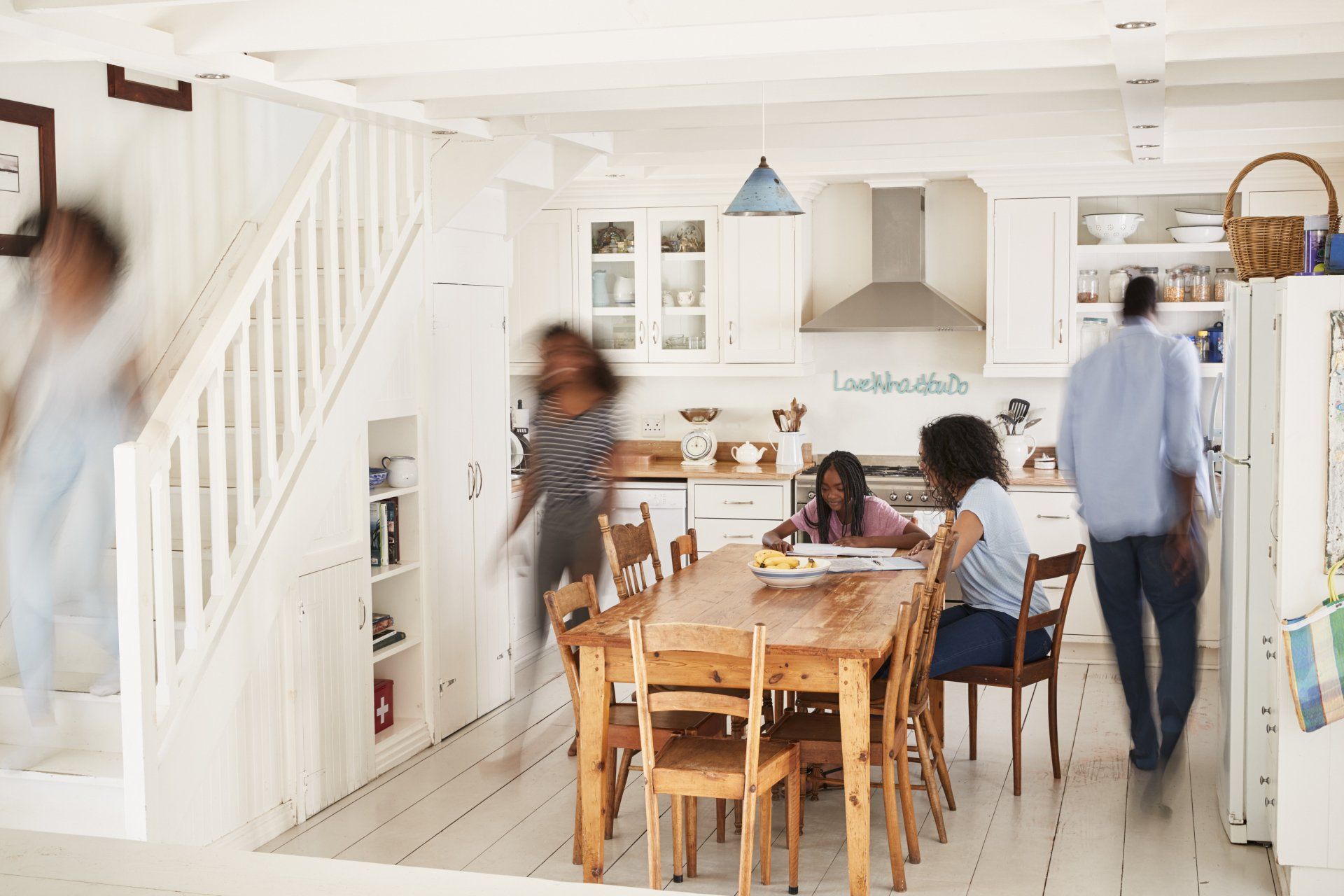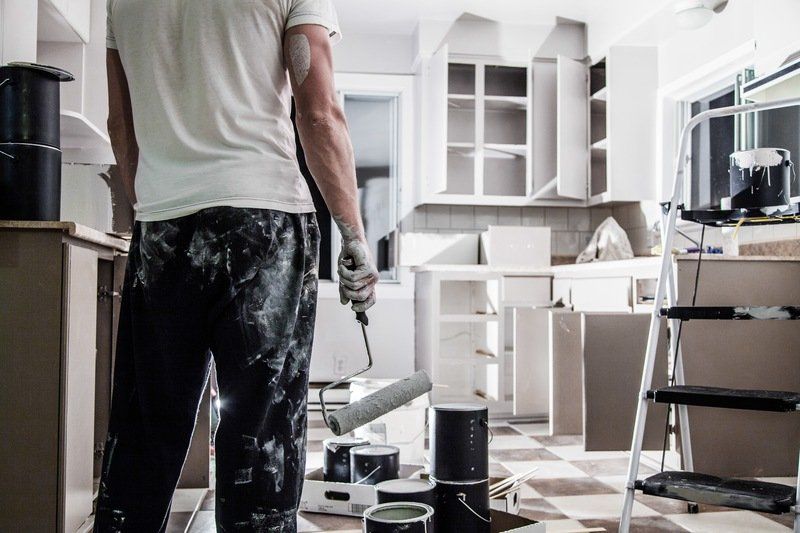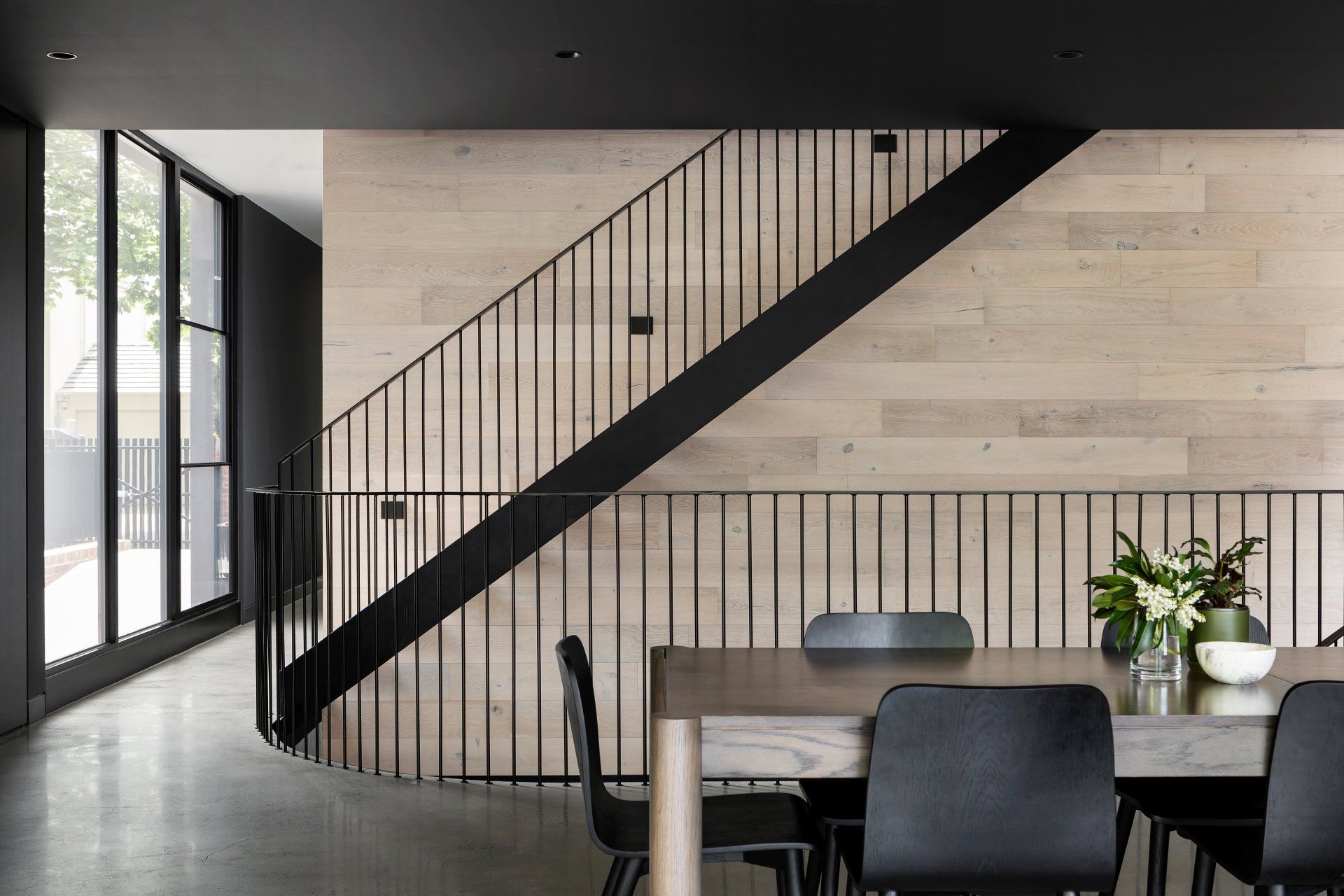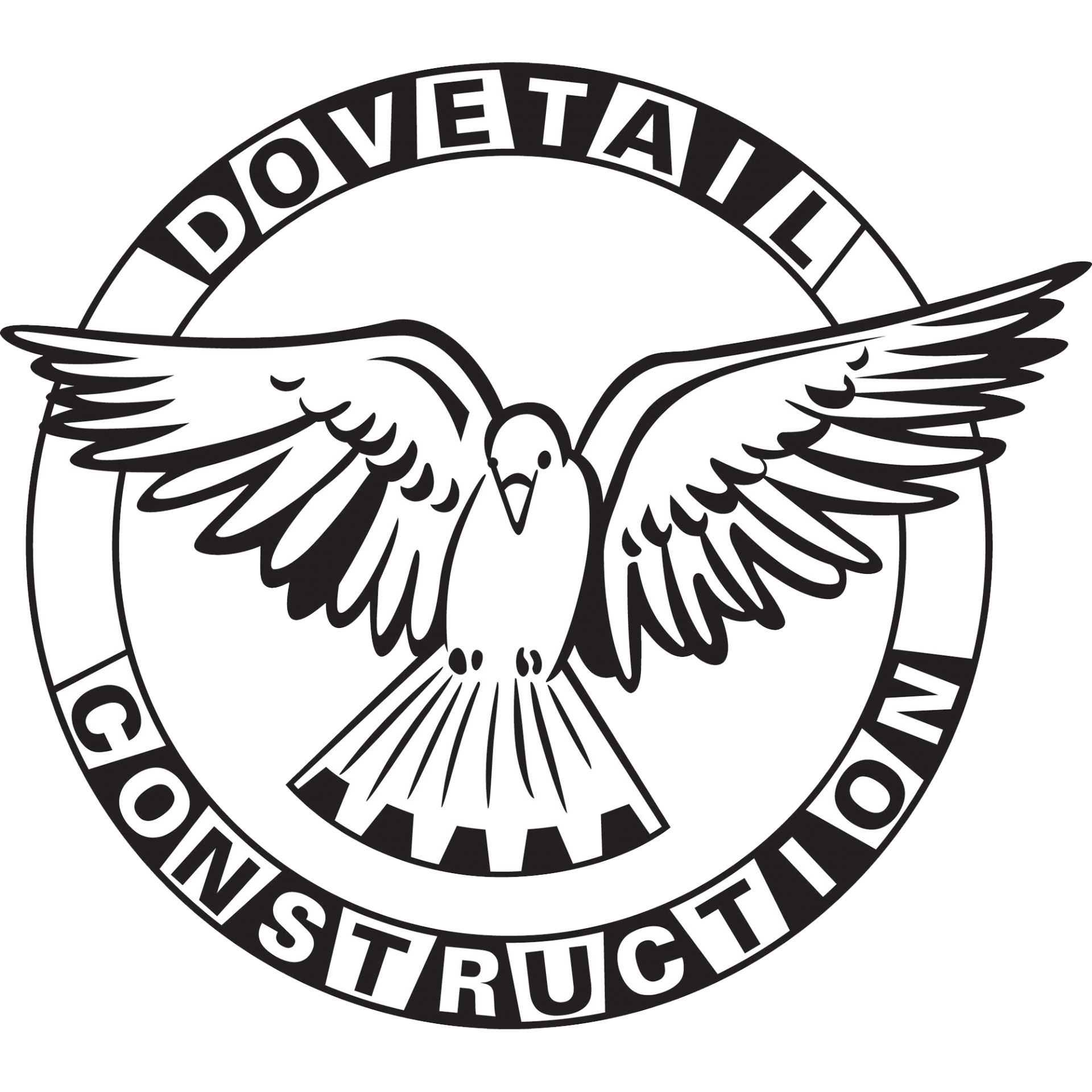Expert tips

When you take ownership of your brand-new house from a builder – and possibly before – you’ll most likely get a walk-through of the property from the construction manager to show you where everything is located, how everything works and what recommended maintenance is needed. At this point, you can also confirm that there’s not additional work that needs to be done to make the home ready for use. “That house should be complete at the time of handing over the keys,” Bellchambers says. It’s important to pay attention at this walk-through and during any other informational meeting you have with the builder beforehand. This is how you’ll know where the circuit breakers are, where the water shutoff valve is for the house and how to access the air filter in your furnace, among other important things that you'll need to know in case there’s a power outage or plumbing problem or you simply need to perform maintenance on your home down the line. Read the owner’s manuals. Each appliance and system is going to have an owner’s manual from the manufacturer, and while it may not be the most thrilling literature, you should reach each one to know how to properly keep each part of your house in working order. In addition to the walk-through, the manuals tell you how everything works, how it should all be maintained and how often it should be looked after. Even with all brand-new systems, be ready to jump into regular maintenance. Key Land Homes, a home builder for the Minneapolis-St. Paul area based in Prior Lake, Minnesota, provides homebuyers with a calendar of recommended maintenance to help keep on top of the recommended changes. Be on top of air filters. There are some maintenance habits you should get into that go above and beyond even manufacturer recommendations. Schutz says homeowners should change air filters monthly, even if the filter is marketed as good for up to 90 days. “Filters that we have today, they’re more hypoallergenic, so they trap more particles which slow down the air flow," Schutz says. With more particles being trapped in the filter, the furnace fan and air flow is less efficient throughout the house. Keep an eye on your yard. Naturally, the construction of your new home will have disturbed the surrounding soil, and it takes time for dirt to resettle. Expect the overall grade of your yard to change a bit, and be proactive to make sure you don’t have water flowing toward your house rather than away from it. “It takes seven years for the soils to recompact again back to their original state,” Schutz says. “So that’s where it’s important to maintain the outside soils, so the drainage around the home does not become an issue.” If you’re regularly caring for your yard, you’ll likely catch if it's sloping toward your house. When you do, regrade your yard and consider adjusting drain pipes to be extended farther from the house to avoid erosion from water around your foundation, or even water leaks into your basement or crawl space. Keep your impact on the house in mind. The way you use your home has an effect on how well systems, surfaces and appliances will fare. For example, if you prefer to keep the air conditioning off in summer, you can expect paint and wood floors to take a beating from the higher humidity levels. Know the details of your home warranty. Your new home will likely come with a warranty, either directly from the builder or by a third party, that covers certain issues that may arise within the first 12 months or so of owning the property. The warranty typically covers the workmanship and materials that were a part of construction, including windows, the HVAC, electrical and plumbing and some structural scenarios. Should any issues arise during the length of the warranty, you’ll be at least partially covered. However, if it’s clear an issue is caused by neglect or otherwise falls outside the stipulations of the warranty, you’ll be responsible for the fix yourself. To help homeowners know the ins and outs of home warranties for newly built homes, the Federal Trade Commission provides an information page with resources for homeowners. The FTC notes, for example, that homes purchased with mortgages backed by the Federal Housing Administration or U.S. Department of Veterans Affairs (referred to as FHA or VA loans) are legally required to have a third-party warranty to help guarantee the quality of workmanship on the property. Even with warranty protection, your home is at its peak working order as soon as construction is complete, and defects aside, it’s your job to properly maintain it and keep it that way for as long as possible. Your new house may not have the quirks of an older home, but only you can keep it from developing those quirks by the time you sell it to a new owner.

Purchasing or building a home is one of the largest investments that you will make. Although your current residence may be ideal for your situation right now, later on down the road you may find yourself in the market for a new home. By continuously improving the value of your current home through the years, you will be able to receive more return on your initial investment come selling day. Even if selling your home is not a current thought, you still want to ensure that your home is welcoming and comfortable place to live and visit. While there are many ways to improve the quality and worth of your home, there are a few top strategies that can make the biggest impact on value and quality of life. Read on to discover our top 3 ways to increase the value of your home in 2019. Take a look! 1) Update Kitchen & Bathrooms Tackling kitchen and bathroom remodels may seem overwhelming to begin with, but the pay off of these undertakings is well worth the work. These two spaces are the most used in the average home and where much of the family’s time is spent. When it comes to your return on investment, these high-traffic spaces result in the highest level of interest. To begin tackling the kitchen, start by replacing old appliances with new ones and be sure to make them match if possible. Next you should replace old cabinetry and hardware. You’ll be amazed at how a simple hardware update can transform an outdated space. Other upgrade options include installing new countertops, replacing flooring with vinyl or tile and updating a backsplash to match the rest of the room. If you’re not ready to take it all on at once, start with replacing countertops with quartz or granite. This is one of the most valuable returns on investment as it can completely transform the look of an outdated kitchen. To benefit from remodeling a bathroom, often a total renovation is not necessary. You can begin by replacing inexpensive items such as the vanity, the toilet and fixtures on the shower and sinks. This will instantly give your bathroom an update without breaking the bank. For a full renovation, consider replacing old flooring, updating tile and purchasing a new shower or bathtub. 2) Up Your Curb Appeal Game Landscaping can be one of the least expensive and most effective ways to increase your property’s value. Buyers and visitors first notice the exterior of your home and healthy trees, blooming flowers and a vibrant lawn can certainly make a great impression. Start by strategically planting trees that are native to the area and offer lots of shade. A shaded yard can reduce energy costs by as much as 50%, plus they raise the value of neighboring homes as well. Next, plant young shrubs leaving plenty of space for them to grow to full size. This will also assist in keeping your property cool. Lastly, plant and regularly replace annual plants or flowers with perennial foliage to help cut yearly costs and up the exterior appeal. Some don’ts when it comes to increasing your property’s value with landscaping include installing artificial turf and gravelscaping which can both increase energy costs. Also, it is crucial to not remove well-established trees from your yard as they provide much needed shade and increase value. 3) Add Square Footage or Create an Open Floor plan Our last way to increase the value of your home is to expand or create a more open floorplan. If your current residence features a closed-off feel, consider altering the home for a more open design. Removing walls and keeping the main living space open will instantly increase value in your home. Walls between kitchens and living rooms are the most likely culprit. You’ll be amazed at the completely different feel an open floor plan provides. Another way to increase value is to add square footage to your home. This can be in the form of an additional bathroom, bedroom, multipurpose room or sunroom. Bigger homes lead to higher values and often buyers are looking for an extra space. By adding an additional room, you can reach an entirely new market of home buyers when the time comes to sell. Finishing an existing basement is another way to add extra space. Sunrooms are also a great solution. These natural light and airy spaces can provide an extra room that can provide a multitude of purposes. Use this space as an additional bedroom, a workout space or second living room. Whether you are looking to your update your home to improve your family’s quality of life or your thinking ahead to selling day, the above upgrades are the most effective ways to increase property value. However, you don’t have to stop here. Perhaps you’ve always dreamed of hardwood floors, or maybe there’s a specific type of room you’ve always wished to have. Whatever your needs and wants are, a custom home builder can help you create the home of your dreams. Simply browse our photo gallery to view witness the quality work we are capable of. Then, contact us today to learn how we can help you will all of your property enhancement needs.

You’ve thought of every trick in the book, and yet you still need more room. Still, there are some ideas you may not have previously considered. In addition, there are other options available to ensure long-term satisfaction in your home. When it comes to down to keeping items you most want and need while still achieving the lifestyle goals you set out, it’s simple and straight-forward to find a balance that will satisfy every member of the family. Here’s how to get started: 1) Creative Furniture Placement Moving room items around is not only fun, but it can drastically improve the appearance and function of any room in an instant. You might even find that some your existing furniture could be put to better use elsewhere in the home. Or, you could sell or donate unused or unwanted items. When you work with Dovetail Construction to create a high-quality custom home, each room can be carefully pre-planned to accommodate your most prized possessions, while still allowing room for guests and loved ones to be comfortable inside your residence. 2) Multi-Purpose Use In any home, space is a consideration. You want to have an area to achieve all your goals and projects, but having a dedicated spot for each task just isn’t realistic. That’s when it’s wise to look for double-duty solutions. For instance, did you know that the flex room in your custom home is actually several rooms in one? That’s because this space can be used for a variety of purposes, including kids’ playroom, exercise area, home office, guest accommodations, and much more. Dovetail Construction are well-versed with creating dynamic custom homes can provide valuable advice and assistance to help you secure the residence of which you’ve always dreamed. 3) Shelving and Storage Next, get creative with shelving. This way, you can save space while at the same time creating aesthetic appeal inside your home. Plus, shelves make it easy to swap out items every so often to keep your inside décor looking fresh. You’ll also likely have certain items that are only used at specific times of the year (such as seasonal decorations). Or perhaps you have family heirlooms that need to be safely tucked away. Dovetail Construction, can plan for all the storage you need in your custom home. That way, you’ll never have to sacrifice between comfortable living and those items you most treasure. 4) De-Clutter On the other hand, you might notice objects that just don’t get a lot of use. You could even have some items that you didn’t even know you had, and will never put to good use. That’s when it makes sense to donate or have a garage sale. Then, you can make plans to only bring in new items that have multiple uses. Or, you could choose to get rid of one object for each new one that’s placed in your house. Dovetail Construction are also a great resource for interesting tips and innovative ideas. 5) Plan for the Future Sometimes, the only thing wrong with your current location is that it simply doesn’t meet your needs anymore. That’s when you know it’s time to move on. Thankfully, there are creative and affordable options available.

